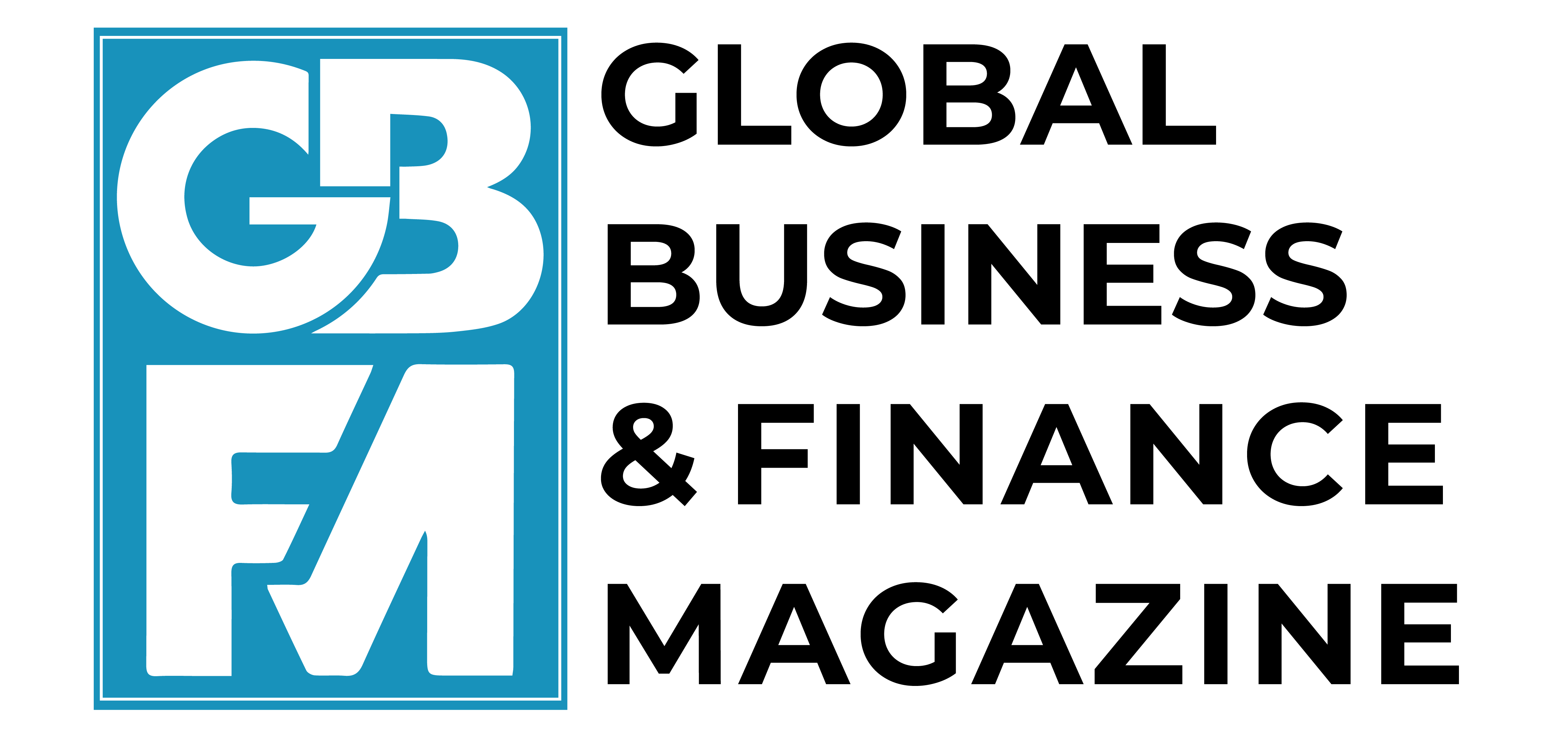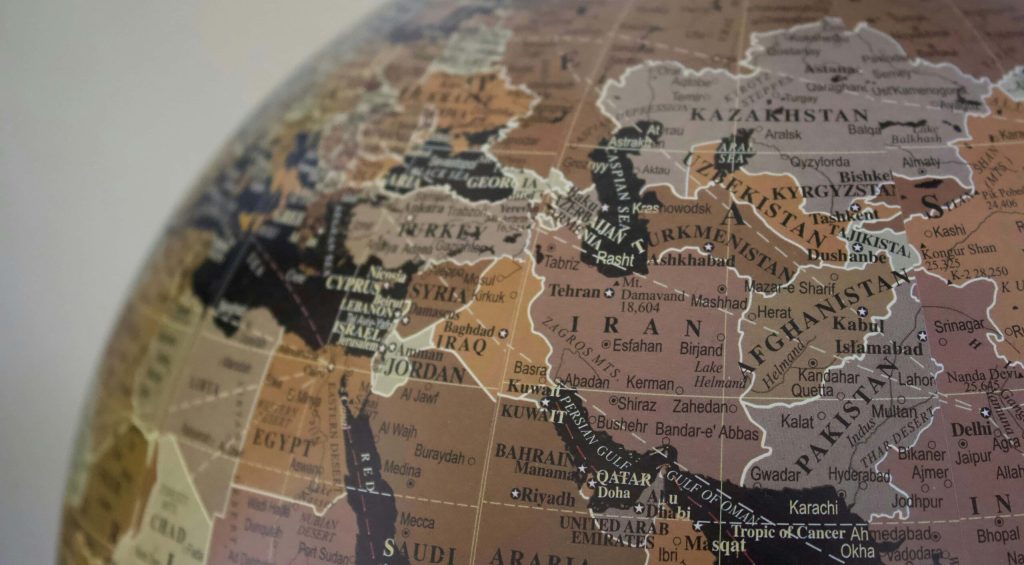Rising geopolitical tensions now threaten the rules-based world order that has governed the functioning of the international monetary system since WWII with risks of geoeconomic fragmentation. The latest Geneva Report on the World Economy examines how these risks, which include a reversal in decades of financial integration, reduced international allocative efficiency, and an erosion of coordinated global crisis response mechanisms, are transforming the structure and stability of global finance.
The international financial order stands at a crossroads. Since WWII, a rules-based world order has governed the functioning of the international monetary system. The framework paved the way for several decades of expansion in trade, investment, and economic growth. Rising geopolitical tensions now threaten this world order with risks of geoeconomic fragmentation (e.g. Aiyar et al. 2023). Russia’s invasion of Ukraine and the sanctions imposed in response, an intensifying strategic competition between China and the West, and a trend towards rising protectionism, including the imposition of sweeping US tariffs on allies and competitors alike, have all contributed to geoeconomic fragmentation.
The risks of such fragmentation include a reversal in decades of financial integration, reduced international allocative efficiency, and an erosion of coordinated global crisis response mechanisms. Against this backdrop, the latest Geneva Report on the World Economy examines how these developments are transforming the structure and stability of global finance (Chari et al. 2025). The report surveys the structure of external financial linkages, the role of international currencies, cross-border payment systems, and the international financial architecture, highlighting signs of geopolitically driven fragmentation and its effects.
The report begins with an analysis of the impact of rising geopolitical tensions on the structure of external financial linkages. Global financial integration has remained broadly stable since the rise of geopolitical tensions in 2017, but changes in external balance sheets suggest that gradual fragmentation along geopolitical lines has begun to emerge. For instance, the data show increased concentration in foreign direct investment within geopolitical blocs, particularly in strategic sectors. For advanced economies, the period since 2017 marks strengthened financial ties, especially vis-à-vis the US. In contrast, China’s external balance sheet shows ongoing diversification away from US assets, with more lending channelled to emerging markets and developing economies, and an increased use of offshore financial centres. Data limitations, however, obscure the full extent of these shifting patterns.
Overall, advanced economies remain the dominant players in international finance, accounting for the lion’s share of global external assets and liabilities. These patterns suggest that escalating geopolitical tensions among advanced economies could pose a greater risk to global financial stability, given their deep financial interconnectedness. At the same time, emerging and developing economies would face substantial challenges in reducing their exposures to Western markets without cutting themselves off from international financial markets. These trends put countries that rely on investment from geopolitically distant countries at risk of facing sharper declines in capital inflows and higher funding costs.
In examining the role of international currencies, the report highlights the continued dominance of the US dollar and stability in the international role of the euro, while also noting several important changes underway. The dollar accounts for 58% of global foreign exchange reserves, is used in approximately 90% of all foreign exchange transactions, and serves as the principal vehicle currency for international trade invoicing. The euro, the second most widely used international currency, accounts for approximately 20% of global foreign exchange reserves and around 40% of trade invoicing, shares which have remained stable over the last decade.
While there have been several notable shifts in international currency use, these have largely reflected changes in the structure of the world economy, rather than geopolitical factors. The dollar share of official reserves has declined, but a key driver of this trend has been the deepening of markets for so-called nontraditional currencies (ranging, for example, from the Swedish kroner to the Korean won), rendering them more attractive to reserve managers seeking higher returns. Additionally, the share of the dollar in international borrowing and lending has declined somewhat, but a key development behind this has been stronger local currency issuance by emerging market governments, which has been made possible by greater financial development and improved policy frameworks. The use of the renminbi in international trade has grown, reflecting China’s role as the world’s leading trading economy, but remains limited so far.
At the same time, geopolitics has played a role in some noticeable changes. A small number of countries, notably Russia in 2018, have reallocated their official foreign exchange reserves away from the US dollar in response to geopolitical developments. Russia’s full-scale invasion of Ukraine and the imposition of new sanctions have led to shifts in patterns of invoicing currency in the external trade of Russia and of other like-minded countries towards the Chinese renminbi and domestic currencies. Non-Western countries have accelerated efforts to develop alternative payment systems, reducing dependence on Western-dominated systems and currencies.
A multi-polar currency order may emerge if fragmentation intensifies further. While multipolarity may offer diversification benefits, it also carries significant risks, particularly if the new system is rooted in fragmentation. If competing monetary blocs have divergent policy frameworks, exchange rate volatility and market uncertainty could increase. Policy misalignments could also disrupt cross-border trade and investment flows. In particular, emerging and developing economies are likely to face increased vulnerability to external shocks, for instance, because rising geopolitical tensions may lead to a higher frequency of such shocks.
Against this background, the report also highlights how recent geopolitical tensions alongside technological advances shape developments in global payment systems. Western correspondent banking relationships, involving 90,000 banks worldwide, have declined since the global financial crisis due to high compliance costs for anti-money laundering and countering the financing of terrorism and efforts to minimise sanctions risk. Since 2014, Russia, China, and Iran have built cross-border payment infrastructures, though adoption remains uneven. However, China’s Cross-Border Interbank Payment System, launched in 2015, has expanded rapidly, facilitating renminbi-based transactions in more than 160 countries and gaining support among BRICS members. In parallel, technological innovation is transforming international payments through distributed ledger technology, crypto assets, stablecoins, and central bank digital currencies, though the viability of private-led solutions remains uncertain.
Movements toward geopolitically aligned payment systems could signal shifts in international currency use and deeper financial fragmentation. The associated risks and costs of such fragmentation highlight the importance of implementing safeguards to maintain safe and efficient operations. These include enhancing infrastructures, leveraging technologies, ensuring interoperability, and sustaining global cooperation in payments. Moving beyond capital flows, currencies, and payment systems, the report highlights that the international financial architecture faces heightened pressure in a fragmented world. A key component, the global financial safety net (GFSN), comprising foreign exchange reserves, IMF resources, regional financial arrangements, and central-bank swap lines, has grown significantly since the global financial crisis. However, access remains uneven, and coordination gaps exist, weakening its ability to provide collective insurance. A more fragmented world order may result in the GFSN being inadequately resourced or slow to deploy, potentially hindering its ability to act as a global crisis backstop.
Further, geopolitical divisions increasingly constrain coordination in multilateral forums. Geoeconomic tensions come at a time when IMF lending capacity is under strain, and its governance structure continues to underrepresent emerging markets seeking voice and representation commensurate with their economic weight in the world economy. The emergence of new bilateral lenders (e.g. China) has fragmented the creditor landscape and complicated sovereign debt restructuring efforts. Further fragmentation will exacerbate decision-making delays and complicate coordinated crisis response mechanisms. While the international financial architecture remains intact at present, the risks posed by geopolitical fragmentation suggest that its consensus and rules-based model will face salient and rising challenges in a more polarised world. While much of the policy discourse has focused on tensions between the Global North and South or between established and emerging powers, a more fundamental threat could arise from fragmentation within the West. A breakdown in transatlantic cooperation would shake the foundations of the current global financial system.
These risks highlight the urgent need to seek pragmatic solutions to safeguard global economic and financial stability. Global cooperation is essential to foster collaboration in areas where geo-economic consensus can be achieved. In situations where consensus proves elusive, forming narrower coalitions of the willing may provide a pragmatic solution. In the absence of universal agreement, coalitions comprising like-minded countries can drive progress on critical global issues, such as preserving trade multilateralism or implementing frameworks for international corporate taxation. While these efforts may not fully replace multilateral solutions, they could serve as a crucial mechanism to keep the momentum alive on shared global priorities.
Source : VOXeu



































































